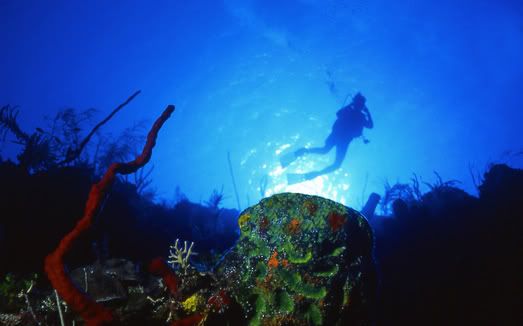Hi guys,
This is my first post on this website. I am a beginner in scuba diving and uw photography. My question is simple: which kind of uw camera is more durable? digital or film?
I had a digital camera + exclusive housing before, but it got flooded in its second dive and the camera was dead instantly. I have read some articles here, and some people said "sooner or later one will flood his camera." But I don't expect it happening so fast! So I turned back to film cameras. Theoretically, film cameras are less "electronical", and therefore more easy to maintain and more resistant to flooding. Is my hypothesis correct?
Currently I am looking for a Sea & Sea MM II with strobe. Is it a durable camera under water? Once it gets flooded, is it easy to be cleaned up and restored to working condition by my own?
Thank you in advance.
Happy diving & no flooding
This is my first post on this website. I am a beginner in scuba diving and uw photography. My question is simple: which kind of uw camera is more durable? digital or film?
I had a digital camera + exclusive housing before, but it got flooded in its second dive and the camera was dead instantly. I have read some articles here, and some people said "sooner or later one will flood his camera." But I don't expect it happening so fast! So I turned back to film cameras. Theoretically, film cameras are less "electronical", and therefore more easy to maintain and more resistant to flooding. Is my hypothesis correct?
Currently I am looking for a Sea & Sea MM II with strobe. Is it a durable camera under water? Once it gets flooded, is it easy to be cleaned up and restored to working condition by my own?
Thank you in advance.
Happy diving & no flooding




